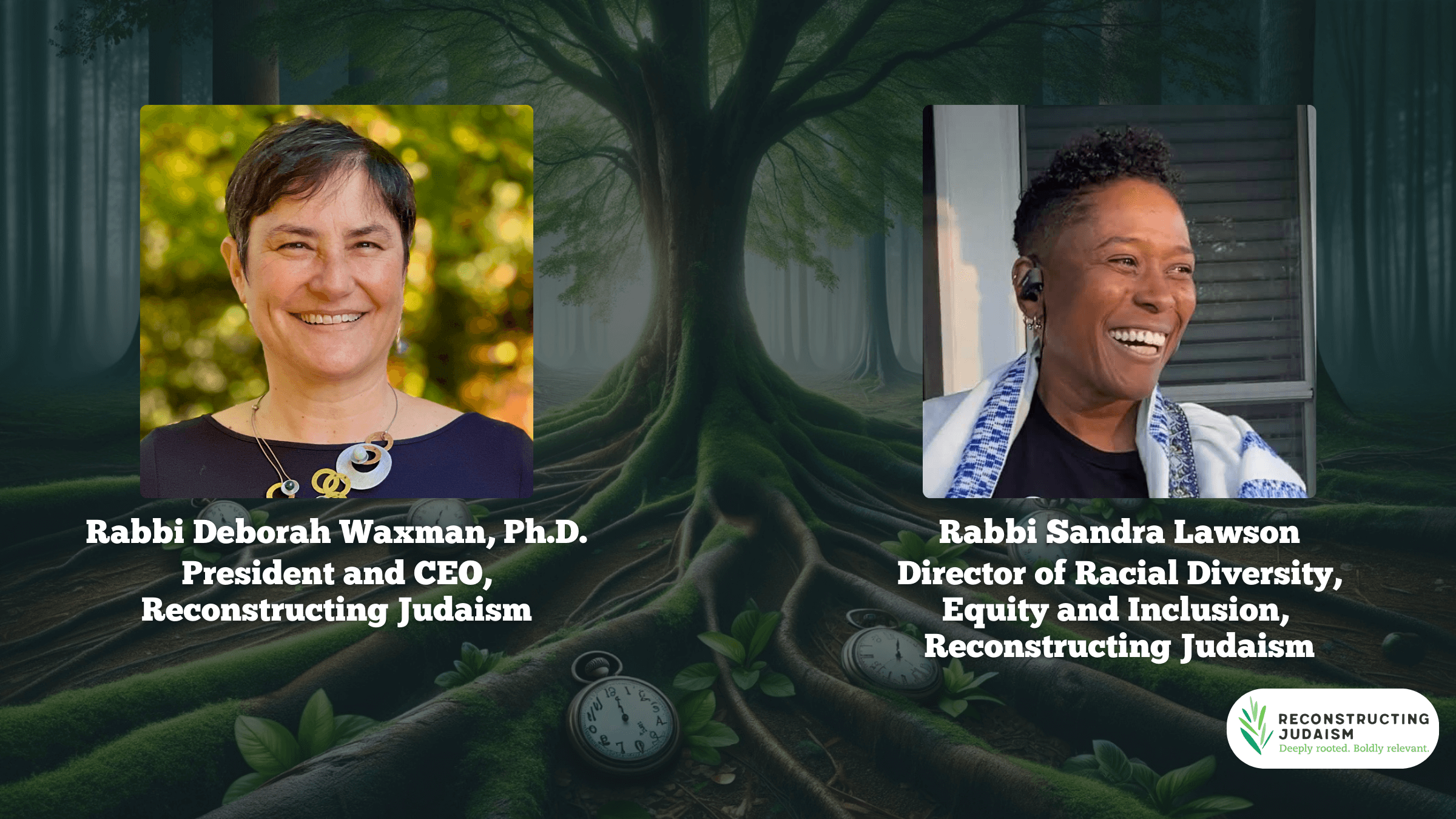Opening Our Eyes: Embracing Complexity in the Jewish Community
Instances of racism and cultural insensitivity in predominantly white Jewish spaces underscore the urgent need for a more intersectional approach.

In our morning liturgy, we recite the words Baruch Atah Adonai Eloheinu Melech Haolam Pokeach Ivrim — Blessed are You, God, Sovereign of the Universe, Who opens the eyes of the blind. This prayer is a profound invocation, calling on us to open our eyes to deeper truths about our Jewish community and broader society.
The Jewish community is a mosaic of diverse identities, with members identifying across a spectrum of races, ethnicities and experiences. The predominant narrative within the American Jewish community centers on Ashkenazi and white experiences, inadvertently marginalizing Sephardic, Mizrahi, and Black and brown Jewish narratives. This oversight not only diminishes the richness of our Jewish cultural tapestry but also perpetuates a lack of awareness around the unique challenges faced by Jews of color. Instances of racism and cultural insensitivity in predominantly white Jewish spaces underscore the urgent need for a more intersectional approach.
In the Torah, we find examples of individuals who belong to multiple marginalized groups. Hagar’s experiences as both a woman and a slave are intricately described, highlighting how her intersecting identities shaped her treatment by Sarah and Abraham. Moses was born a Hebrew slave and raised as an Egyptian prince. His unique life journey profoundly influenced his leadership and perspective.
Because we learn that every individual is created b’tzelem Elohim, in the image of God, we hold that every person merits intrinsic respect – in all their complexity and in the diverse fabric of our community.
Sadly, Jews of color frequently report feeling isolated or misunderstood within mainstream Jewish spaces, where their racial and ethnic identities do not conform to the majority’s expectations. To truly address these issues, our community must take proactive steps, beginning by including diverse Jewish histories and narratives in our communal teachings. We must create spaces for Jews of color to share their experiences without judgment and must implement policies that actively dismantle racial and cultural biases in our synagogues, schools, and organizations.
At Reconstructing Judaism, we continue to move in this direction. We have increased the number of Jews of Color on our Board of Directors and increased the number of Jews of Color in our rabbinical program. We have established a Jews of Color Ally and Advisor Group, made up of mostly Jews of Color. Additionally, the “Race, Religion & American Judaism” project of the Center for Jewish Ethics at the Reconstructionist Rabbinical College focuses on research and resources for studying the multicultural, multiracial realities of Jewish life. We understand that there is still so much more work to do, and we are committed to continuing this crucial effort.
Pokeach Ivrim, to make the blind see, challenges us to move toward a future where every Jewish person, across their intersecting identities, feels seen, valued and included. Let us then rise to this challenge to truly see every member of our community and transform the blessing of Pokeach Ivrim from a hopeful prayer into a living reality.
“Moving Through the Wilderness: Recommitting to Equity After 10/7” is a collection of brief essays born out of Elevate: An Executive Leadership Equity Accelerator. Elevate launched in May 2023 and its first cohort consisted of eleven CEOs of influential Jewish institutions, who are committed to the Jewish value and responsibility of equity within our community. The idea for this project emerged in Montgomery, Alabama during one of Elevate’s in-person convenings in early 2024. To learn more about Elevate and the program’s co-founders and leaders, Gamal J. Palmer and Catherine Bell, click here.
Moving Through the Wilderness is presented in partnership with the Forward, the leading voice in Jewish journalism. Read more essays in the collection.













